The size of Texas makes it difficult to experience some of what the state has to offer in just one day, or even a weekend. Some cities take at least three or four days to visit if you need to drive there, spend some time sightseeing, and then drive back. What better way to spend spring break than on a week-long road trip to some of Texas’ most remote destinations?
The different regions of Texas can be defined by some of the major cities within them. El Paso is the most prominent city in West Texas, Amarillo is associated with Northwest Texas, the panhandle of the state. Austin and San Antonio are big in Central Texas, and the small cities of Lufkin and Nacogdoches define the East.
Now, East Texas might not have the best reputation among political progressives, but if you can look past that, East Texas, especially the cities of Lufkin and Nacogdoches, have a rich history, interesting sights to see and some good restaurants.
About a four-hour drive from Austin, Lufkin is not the ideal distance for a day trip, which is why it’s nice spring break destination. After you visit Lufkin, Nacogdoches is only 20 minutes away.

The Texas Forestry museum, located in Lufkin, is a good place to learn about Texas’ pine trees and the loggers who cut nearly all of them down. Inside, you can see the enormous blades used to cut the trees down, and the communities that sprang up with the loggers. Photo used with permission from the Texas Historical Commission.
Founded in 1882, the city of Lufkin, population of about 35,000, is 120 miles northeast of Houston and not far from the Texas/Louisiana border. A good way to learn about the history of the city and region is the Texas Forestry Museum. If you haven’t been to the eastern part of the state, one important thing to know is that it’s famous for its pine trees, or the lost pines, as they’re called. In the mid-to-late 1800s, loggers cut down nearly all of the Texas forests, then left when all the trees were gone. A portion of the forests have grown back, and laws have been put in place to protect the remaining trees.
All of this information and more are detailed in the museum, as well as old logging equipment, fascinating black-and-white photographs and 12-foot-long “two-man saws.” Outside, there is a restored logging train and a fire lookout tower, which, as the name implies, was used to look for forest fires before the invention of helicopters. It’s an impressive structure, reaching dozens of feet high, and holding a small square room at the top with large windows. When in use, the real towers would be built on the top of a hill to have the furthest visibility. Not many of these towers are still standing, and this is one of the only public places where you can see one.
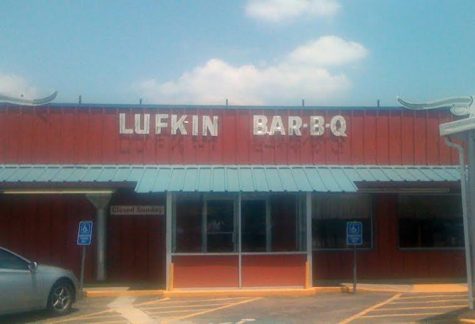
There are several spots to stop for lunch, and one of the best is Lufkin Bar-B-Q, with classic choices like brisket or sausage, excellent pork ribs and amazing deep-fried rolls. Other restaurant options include Ray’s Drive In Cafe, a 50s style burger joint with old fashioned carhop service.
Just a couple miles to the west of Lufkin is the Davy Crockett National Forest. These 250 square miles of protected forest are probably what most of this region would have looked like before it was cut down. Within the forest, there are campgrounds, hiking trails, lakes for fishing and the small town of Ratcliff, which consists of a gas station, a Baptist church, and not much else. If the weather is nice, the National Forest is a good way to spend an afternoon experiencing the unique landscape natural to the region .
If you’d like to see more, the forest that surrounds Lake Sam Rayburn
is just to the southeast of Lufkin. One of the biggest lakes in Texas, Sam Rayburn offers more fishing opportunities as well as boating. To the south of the forest, and between Highways 63 and 69 is Boykin Springs Recreation Area, which makes a good place for a hike or a picnic.
If your feeling more adventurous and would like to experience East Texas history firsthand, you can head to the abandoned
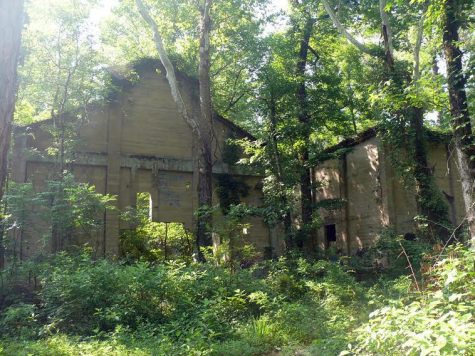
Aldridge Sawmill about five miles south of Boykin Springs. Built on the banks of the Neches River for easy transport of lumber, the sawmill was originally founded by Hal Aldridge in 1912. After his previous sawmill went up in flames, Hal chose to make this site out of concrete, which is why it can still be seen to this day. To house the 1,500 workers needed to run the mill, the small community of Aldridge was created, consisting of a hotel, saloon, school and about 200 houses. The sawmill continued work successfully until a series of fires and the closing of the railroad forced Hal Aldridge to sell the property.
The enormous empty concrete ruins are an impressive sight but a little difficult to get to. Although you can get directions on Google Maps, you must drive on several small dirt roads dotted with threatening “private property” and “no trespassing” signs, some with what appear to have bullet holes in them. If you brave that, however, the sawmill ruins are definitely worth the trip.
Nacogdoches, with a population of 34,000, is just a quick 20-minute jaunt from Lufkin and is considered to be the oldest town in Texas, with settlements of Native-American tribes dating back 10,000 years. The Spanish set up a mission there in 1716 under the command of Colonel Antonio Gil Y’Barbo. One of the first buildings built by the Spanish settlers was La Casa Piedra, or The Stone House. Today called the Old Stone Fort, this building is famous for flying more flags than the state of Texas, a total of nine. In addition to the six flags of Texas, Nacogdoches has been under the Flag of the Gutiérrez-Magee Expedition from 1812 to 1813, the Flag of the Fredonia Rebellion from 1826 to 1827 and the flag of the Dr. James Long Expedition in 1819 and 1821. Although the Old Stone Fort was demolished in 1912, most of the bricks were saved and used to construct a replica in 1936 on the campus of the Stephen F. Austin State University. This building, called the Old Stone Fort Museum, is now considered historic and features exhibits like artifacts, paintings and maps of Spanish settlement as well as the many uses of the original building, such as its time as a state courtroom under judge Robert McAlpin Williams, who had the nickname “Three Legged Willie” because of his use of a cane.
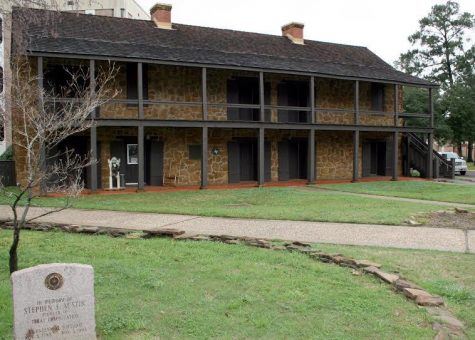
A good place to spend the night in Nacogdoches is the Fredonia Hotel. It was built in the 1950s and has been restored, making the style of the hotel an interesting blend of contemporary and mid-century modern.
When someone mentions East Texas, the first thing you might think of is rednecks and decaying mobile homes, but there is much more to be seen. Although there certainly are those things, the eastern part of the state is filled with a rich history from the Spanish conquests of the early 1700s to the logging era of the mid-to-late 1800s to restaurants and hotels in the style of the 1950s.



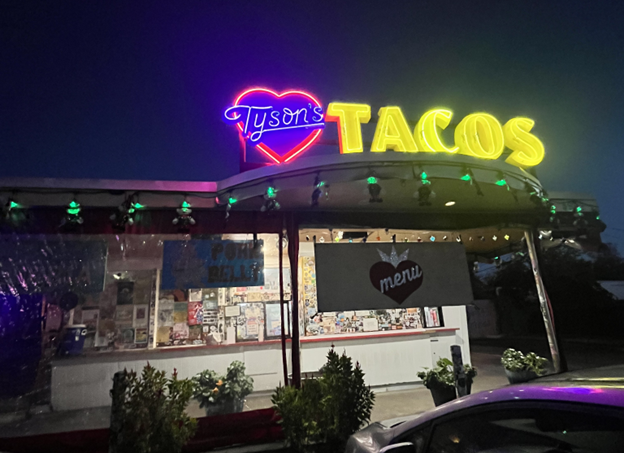

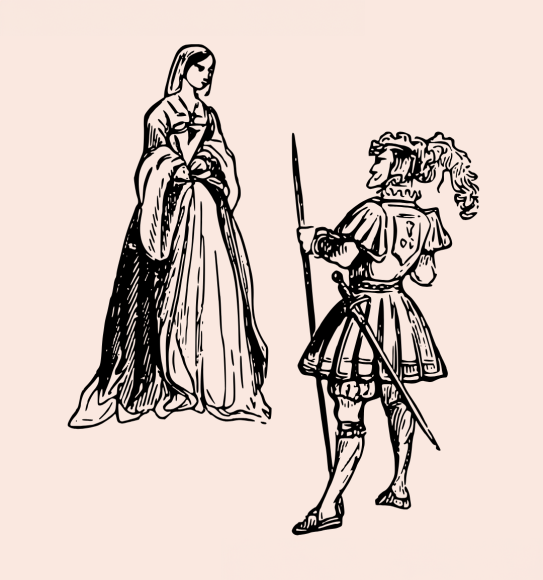


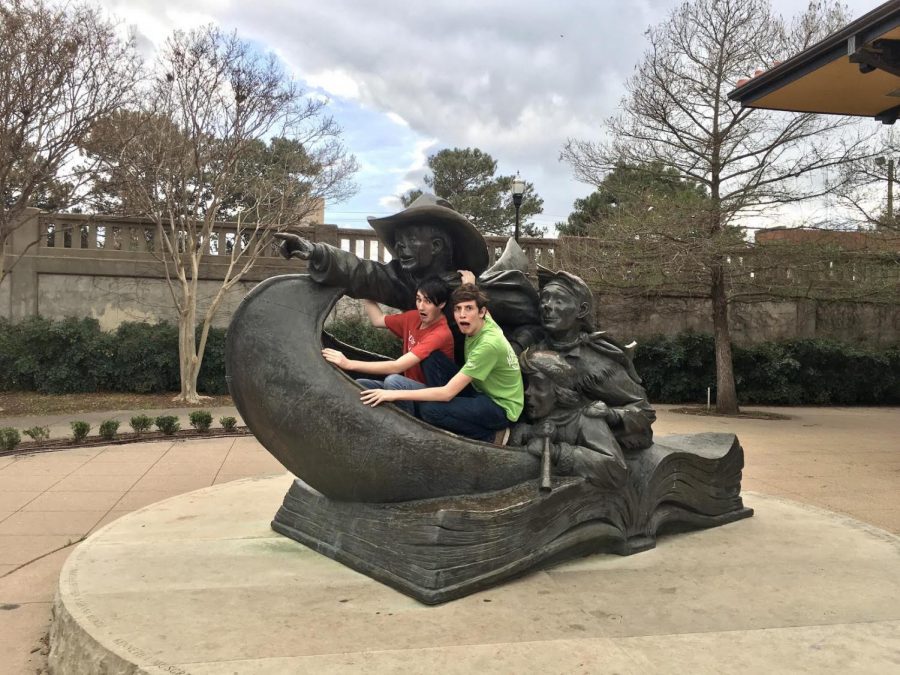
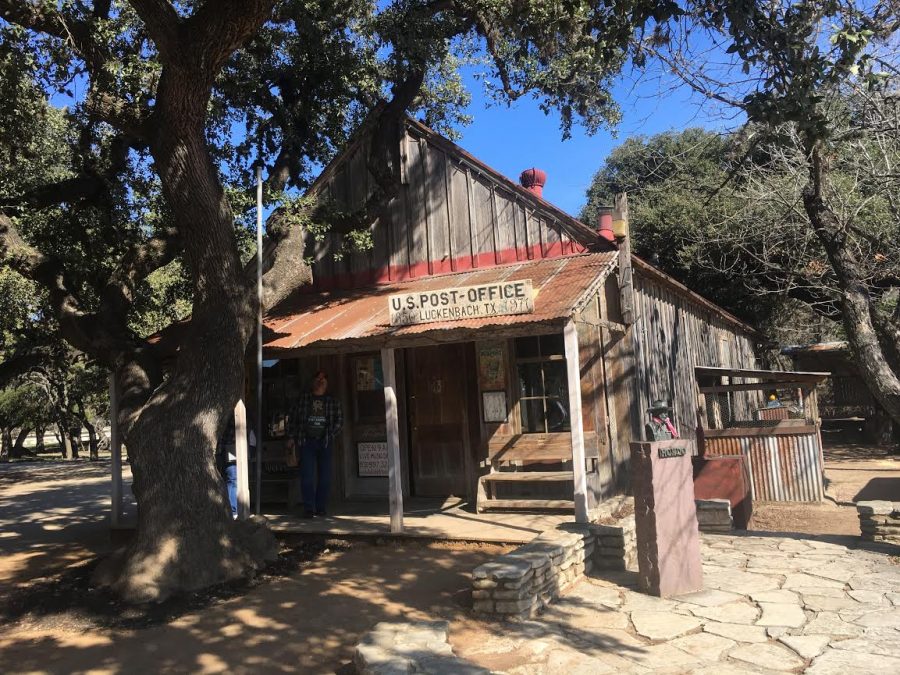
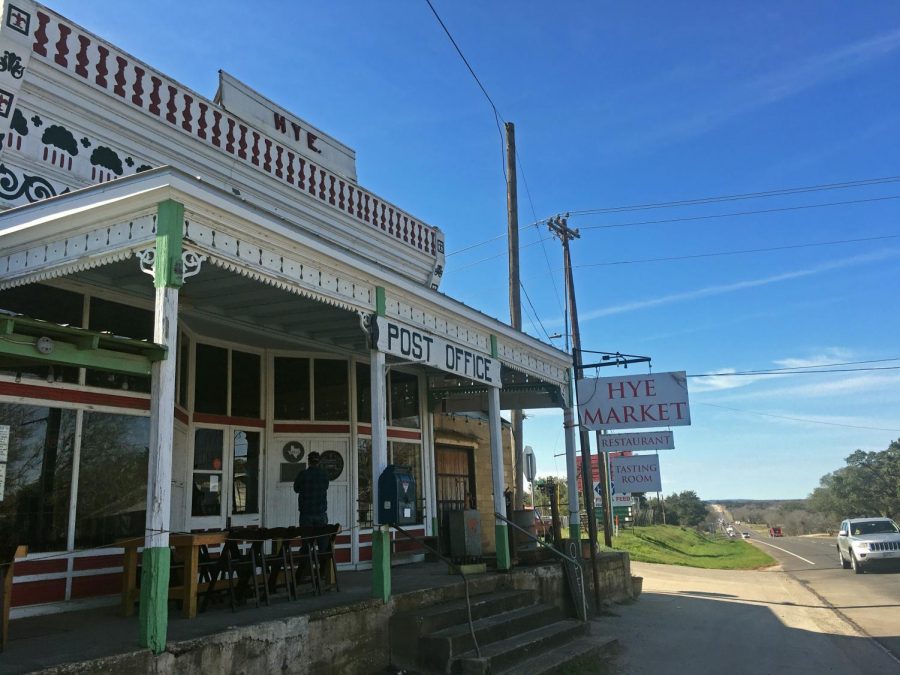

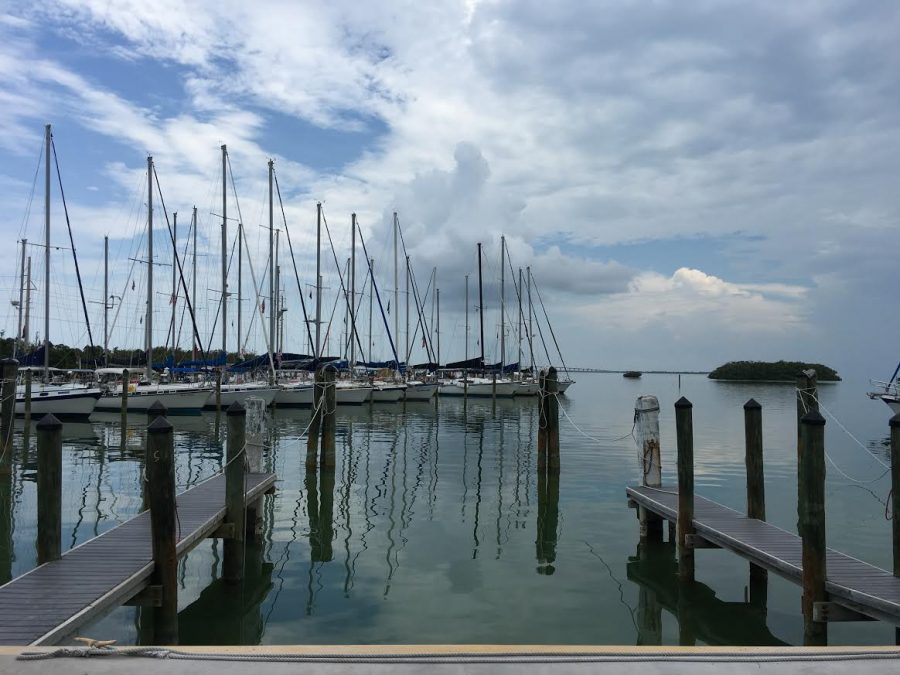
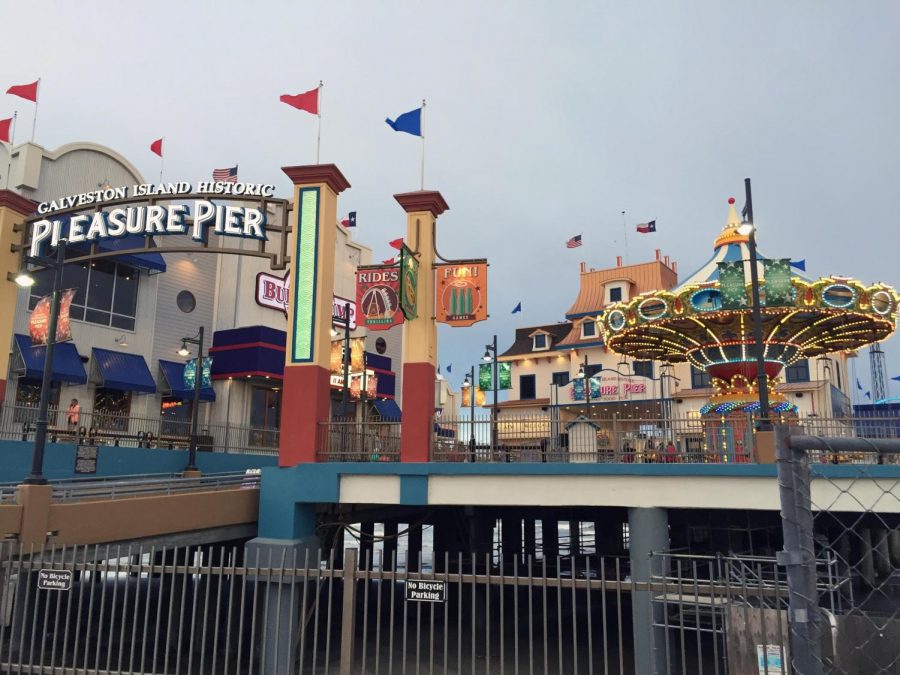
Olivia Watts • Mar 9, 2018 at 2:19 pm
I also believe that small towns are more than they seem and should not be given stereotypes. It is important that we go and experience this for our self so that we can denounce these stereotypes.
Kirsten Pacotti • Mar 8, 2018 at 11:05 am
I like the small town type pictures. They really capture the energy of the town and they really give it a homey feeling. The information given shows that all towns have something to them and shouldn’t be discredited. Id like to visit this place someday, being part Native American I feel like it would be a cool place to visit.